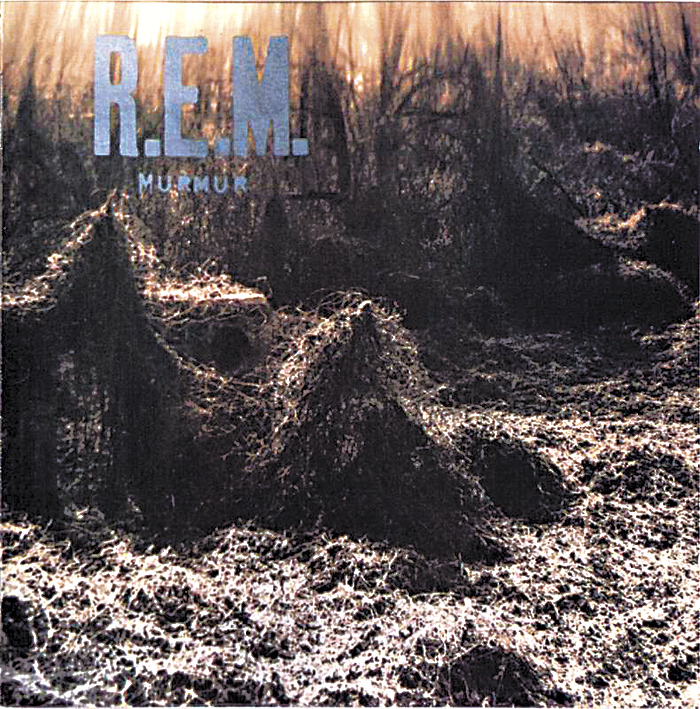Punk rock never really reached the South—at least not in time. By 1983, punk (and Sid Vicious) were four years gone, and new wave—the genre’s weaker, toothless cousin—was already stale. The Clash first toured below the Mason-Dixon Line to support Combat Rock, but by then queries like “Anger can be power/D’you know that you can use it?” had mellowed measurably toward “Should I stay or should I go?”
Just after MTV’s rise, and well before the Internet (yeah, we had magazines, but the mail runs kind of slow on rural routes), the South still lived in an era two, maybe three years behind the rest of the country, which is why we’d been apologizing for damn near everything: George Wallace, Lester Maddox, the Civil War, the band Alabama (but not their charity work), wearing white after Labor Day. Everything, that is, but football, fiction, and R.E.M. College radio, barely born and awkward as a puppy, faced a similar crisis of identity, until Murmur melded the South and left-of-the-dial radio into strange but appreciative bedfellows.
Despite the selective lack of mobility on the part of their punk progenitors, R.E.M., propelled by a high-mileage van and a precious lack of guile, took on new yet neighboring markets; as it turned out, punk’s prior lessons, which pitted the band’s DIY spirit against the bloated nature of radio-friendly pap, traveled well. Although the alliterative rhythm section of bassist Mike Mills and drummer Bill Berry were more than accomplished, frontman Michael Stipe (who listened to his Patti Smith albums at home) and guitarist Peter Buck (who sold him those discs from behind the counter at Wuxtry Records) entered as neophytes, music fans turned musicians, flaunting their intertwined inexperience through the latter’s picked-through chords (no solos!) and the former’s husky howl.
And so the melange captured by producers Mitch Easter and Don Dixon (two of several secondary players contributing essays to Murmur‘s silver-anniversary re-release, which came out Nov. 25) fairly reeked of earthy murk and mystery (behind the curtain of the album’s final track are billiard balls breaking, ritardando), thanks primarily to Stipe’s extra-instrumental, grounded and groundbreaking, eerily emotive, engrossing yet enigmatic, imagistic yet ultimately indecipherable free-verse vocals, as wholly harmonious as a late-night power-line hum. For despite the members’ status as transplants (all), rarely has a band been more identified with a place. And not just any place, but Athens, Georgia, a small college town replete with rumor and romance, represented visually via railroad-trestle-and-kudzu cover art, suggestive (only) of a Southern gothic life.
And while college radio and Athens may have subsequently exploded; and the legendary church where the band first lived and performed was converted into ubiquitous off-campus condos; and the deservedly beloved quartet carried home three Grammys for later records not as good as their first, and then took a three-album header into a winter pool after their drummer retired to a north Georgia farm; and bootlegged material is frequently pronounced essential to belated attempts to bestow bonus material on anniversary reissues (e.g., this re-release’s second disc, which comprises a live set from a 1983 Toronto date), this moment—this movement, at least—remains. As does Murmur: Southern, steadfast, now sterling.





